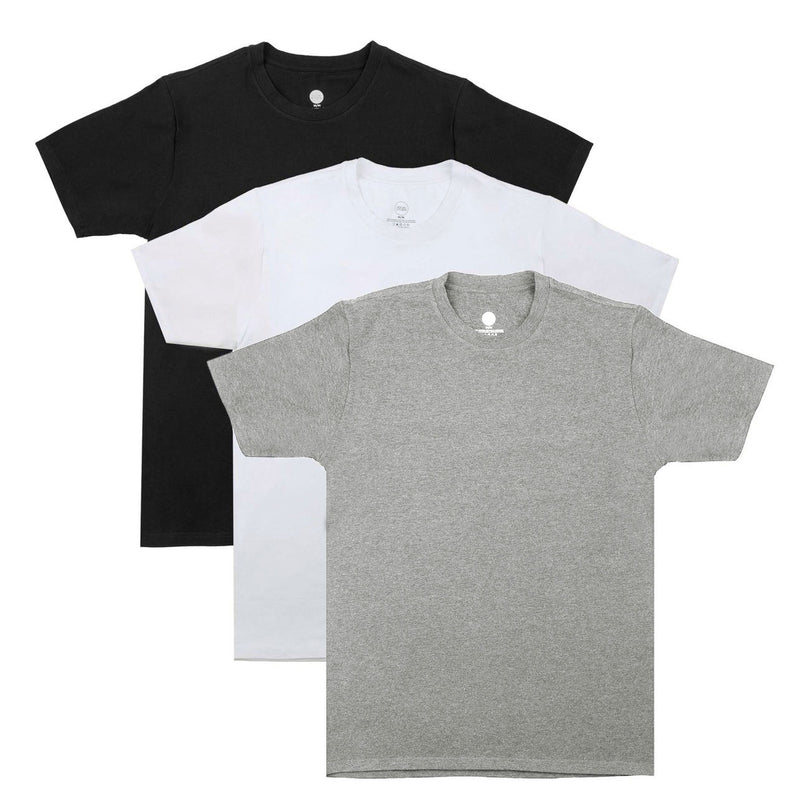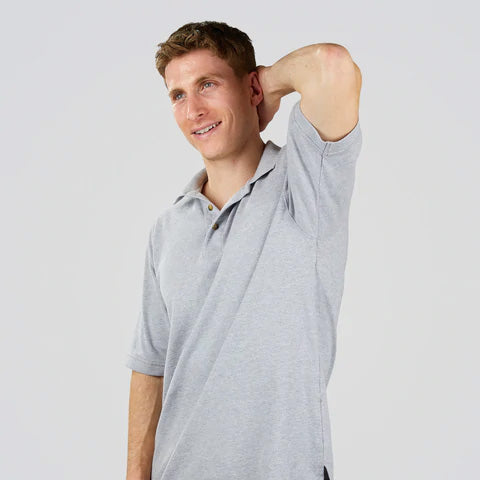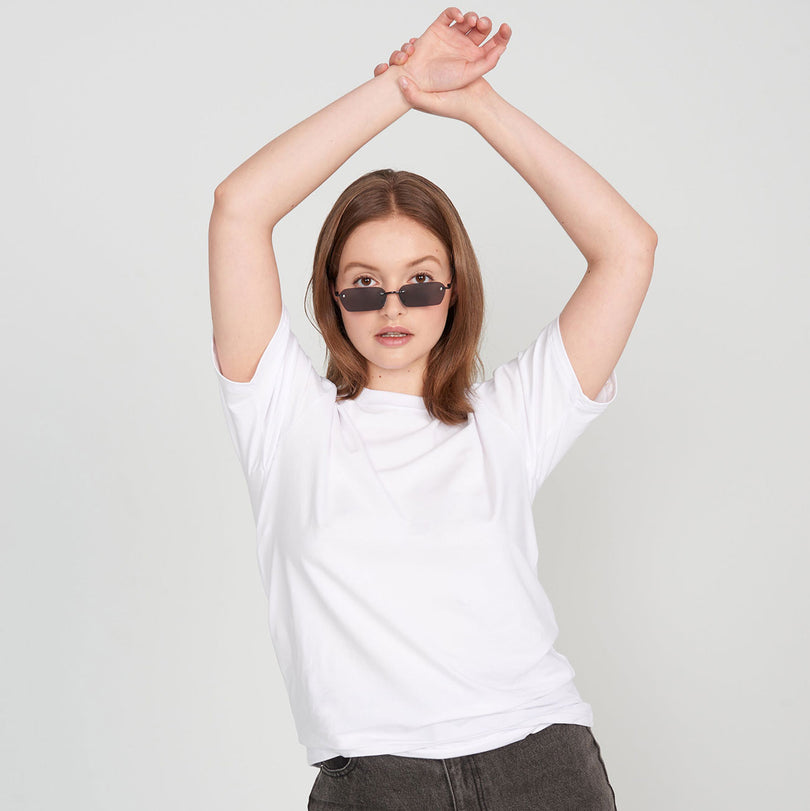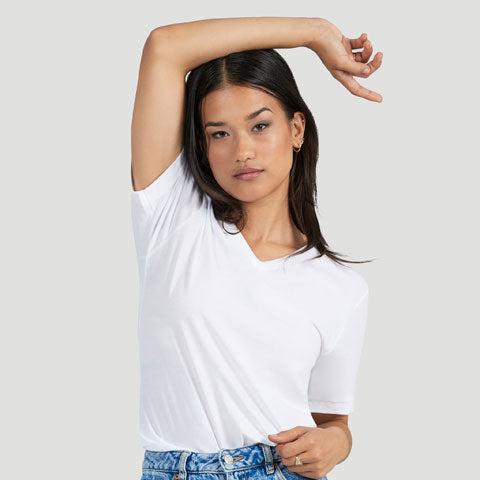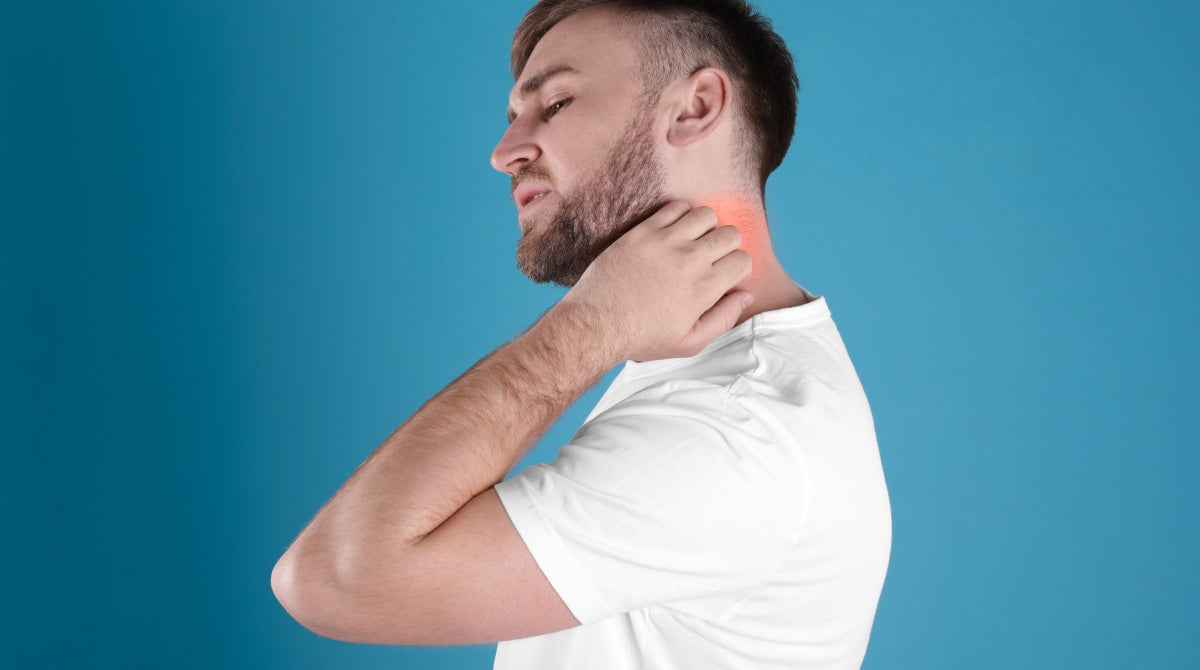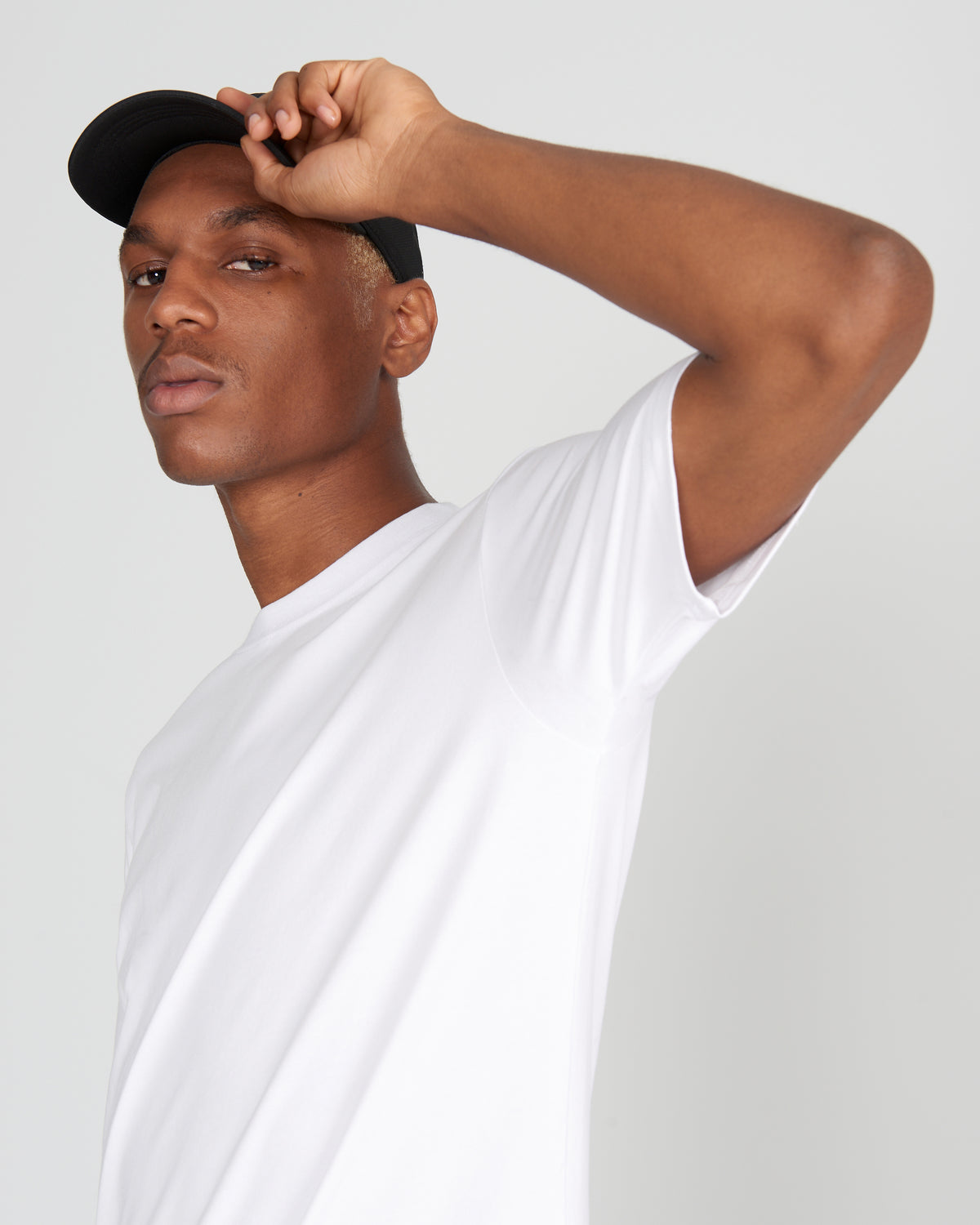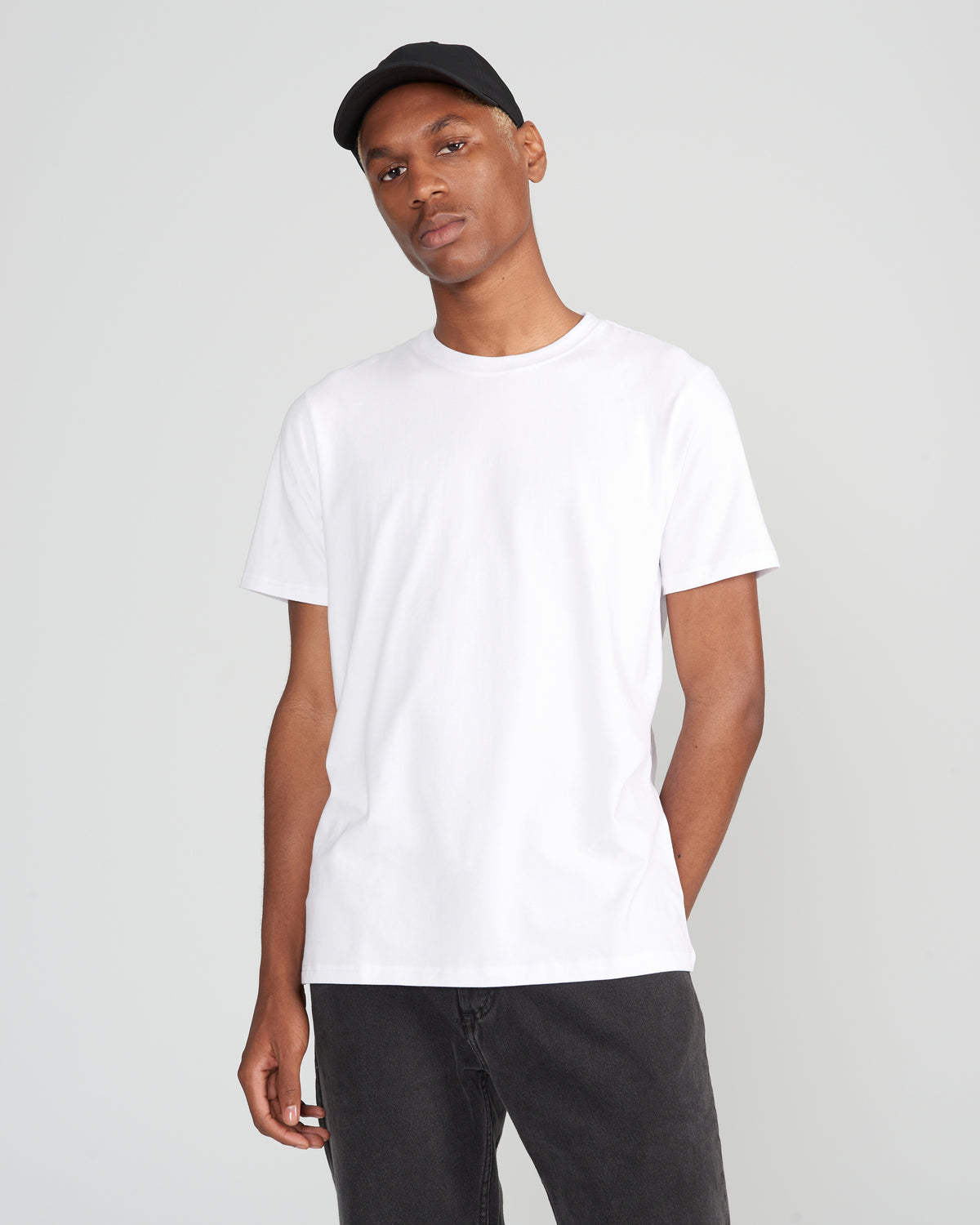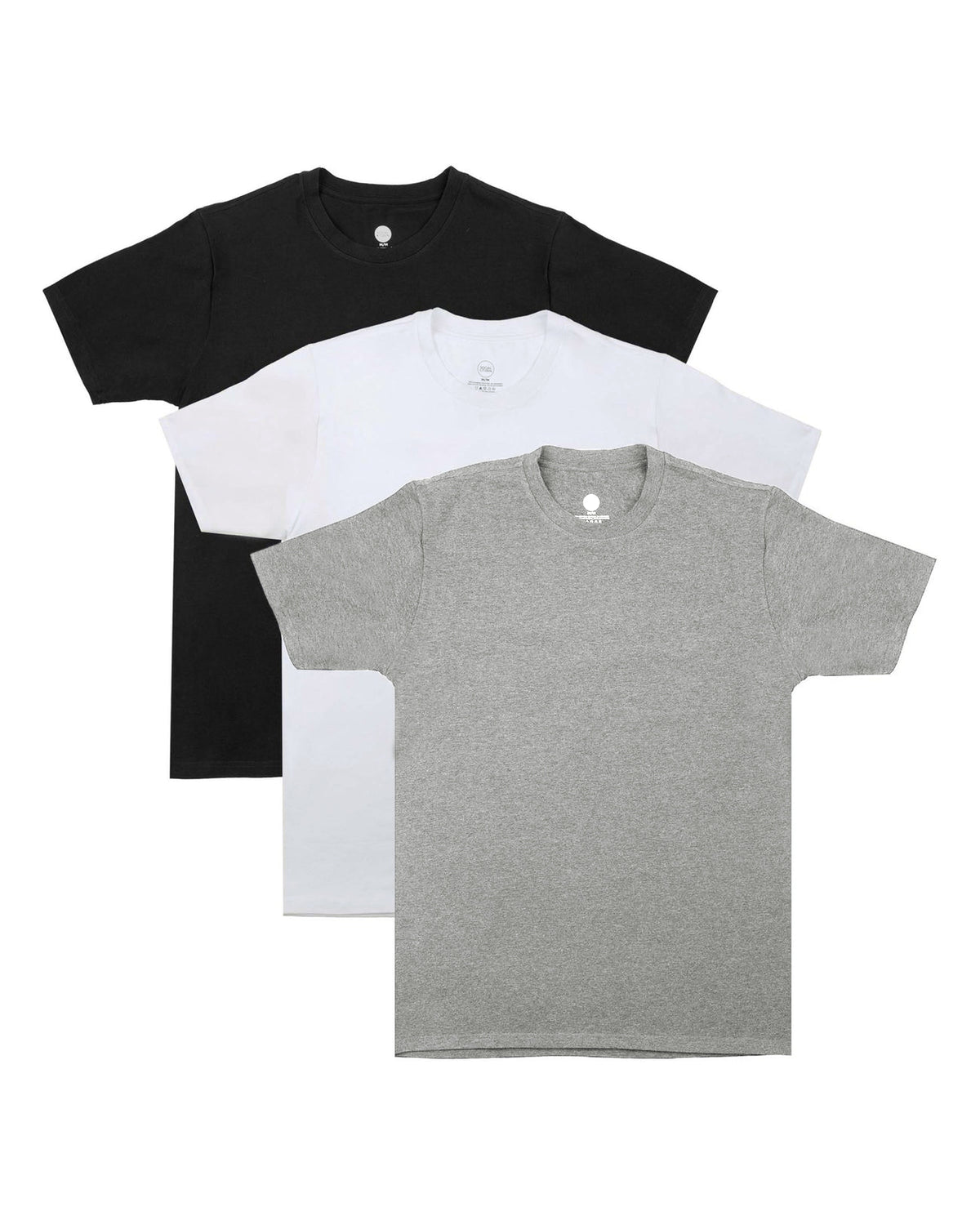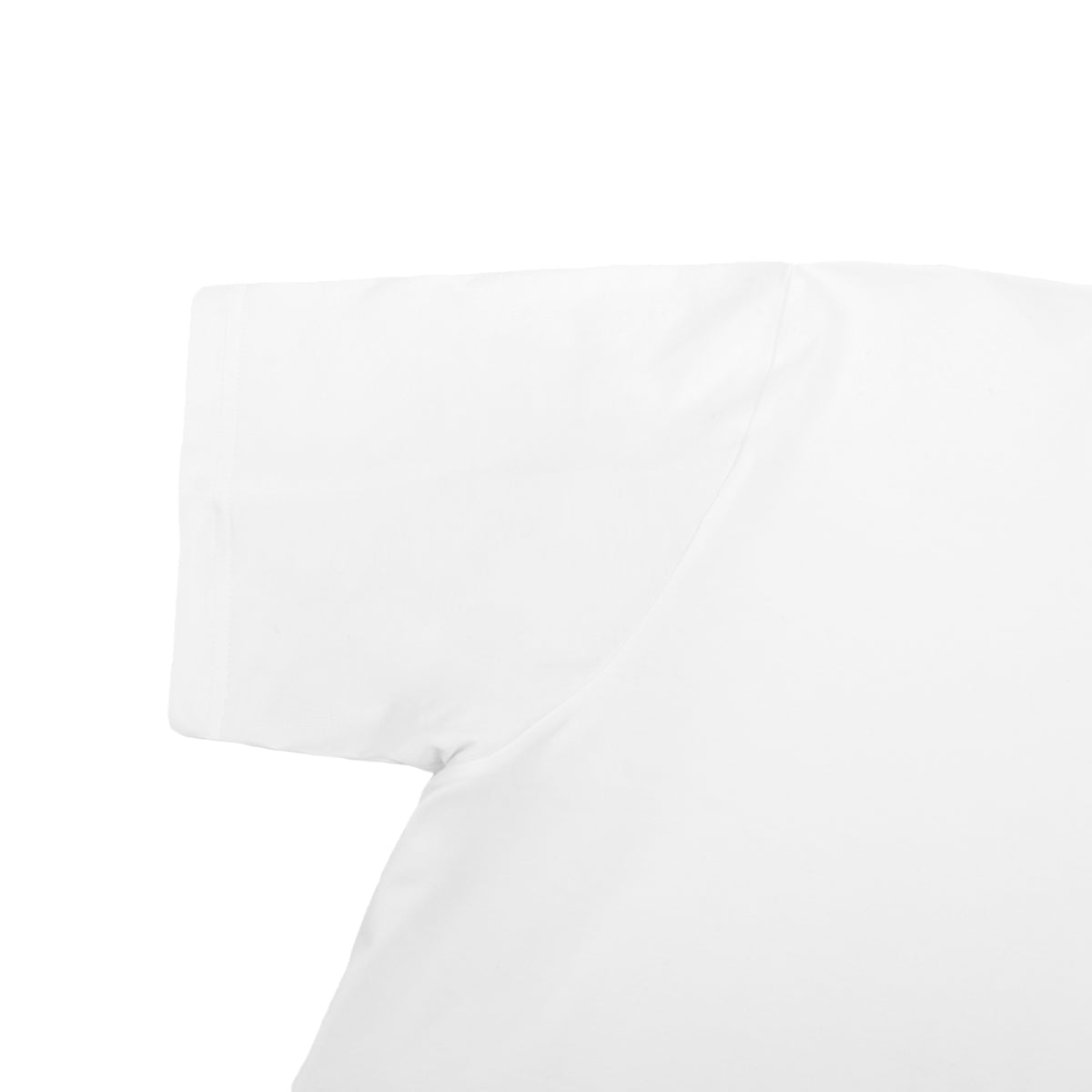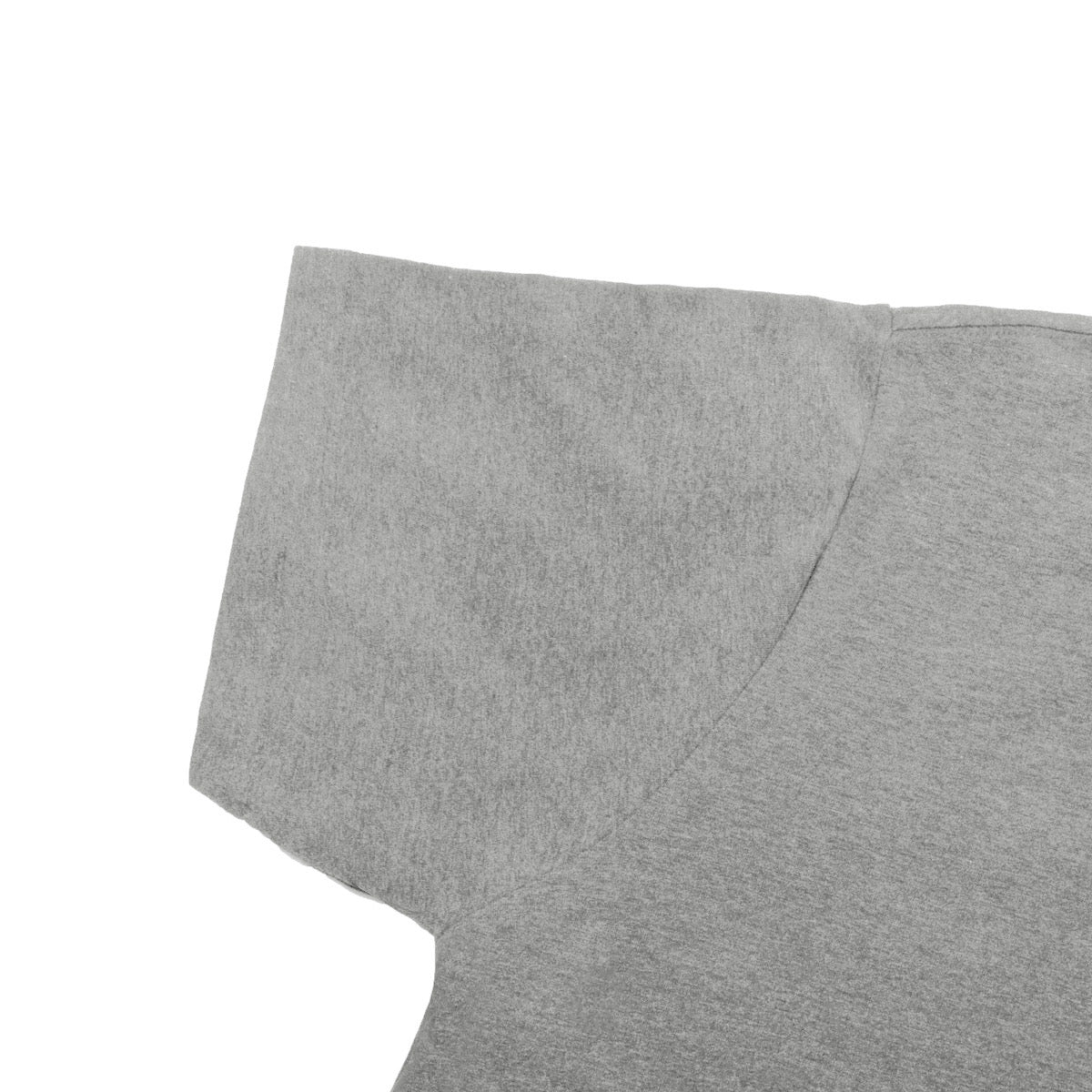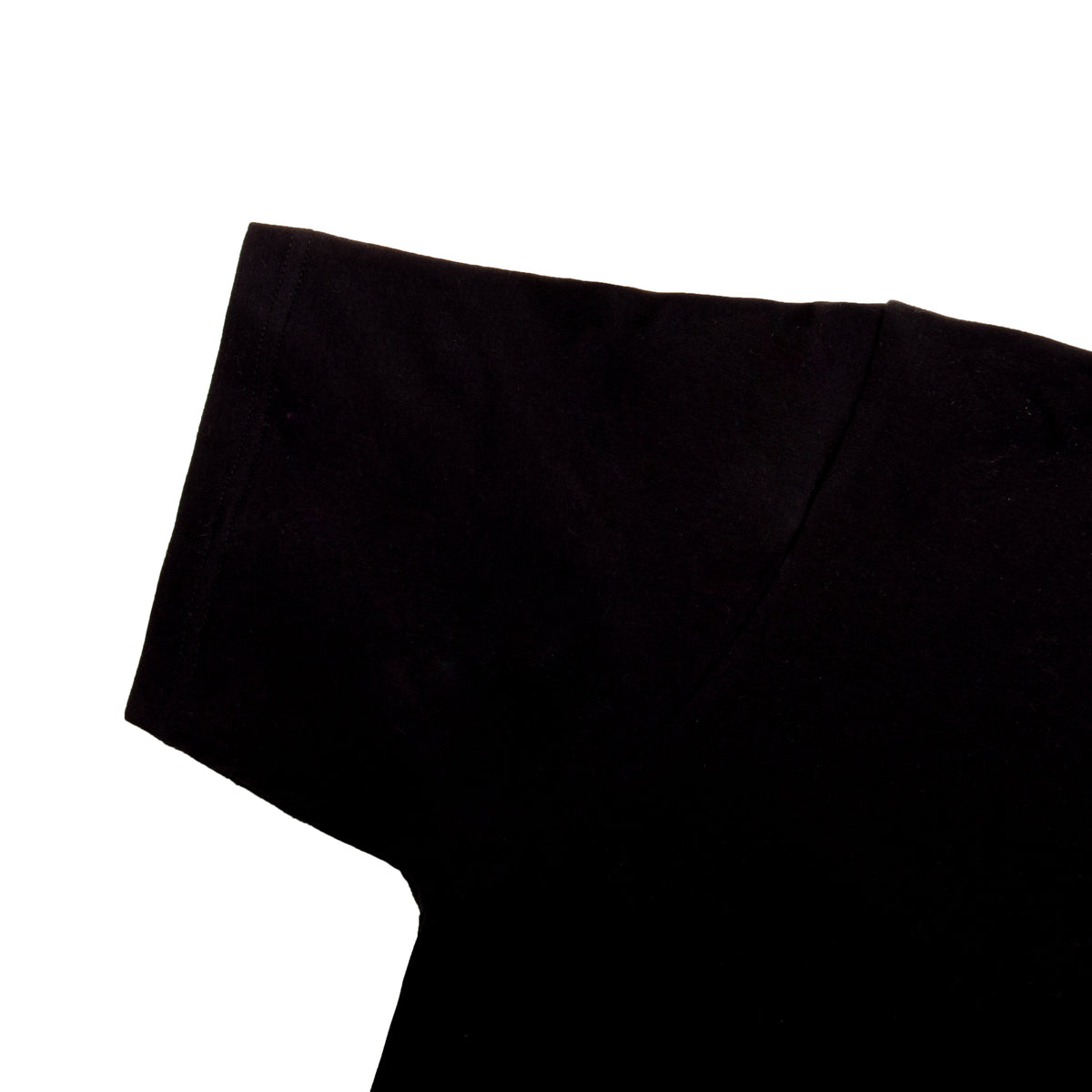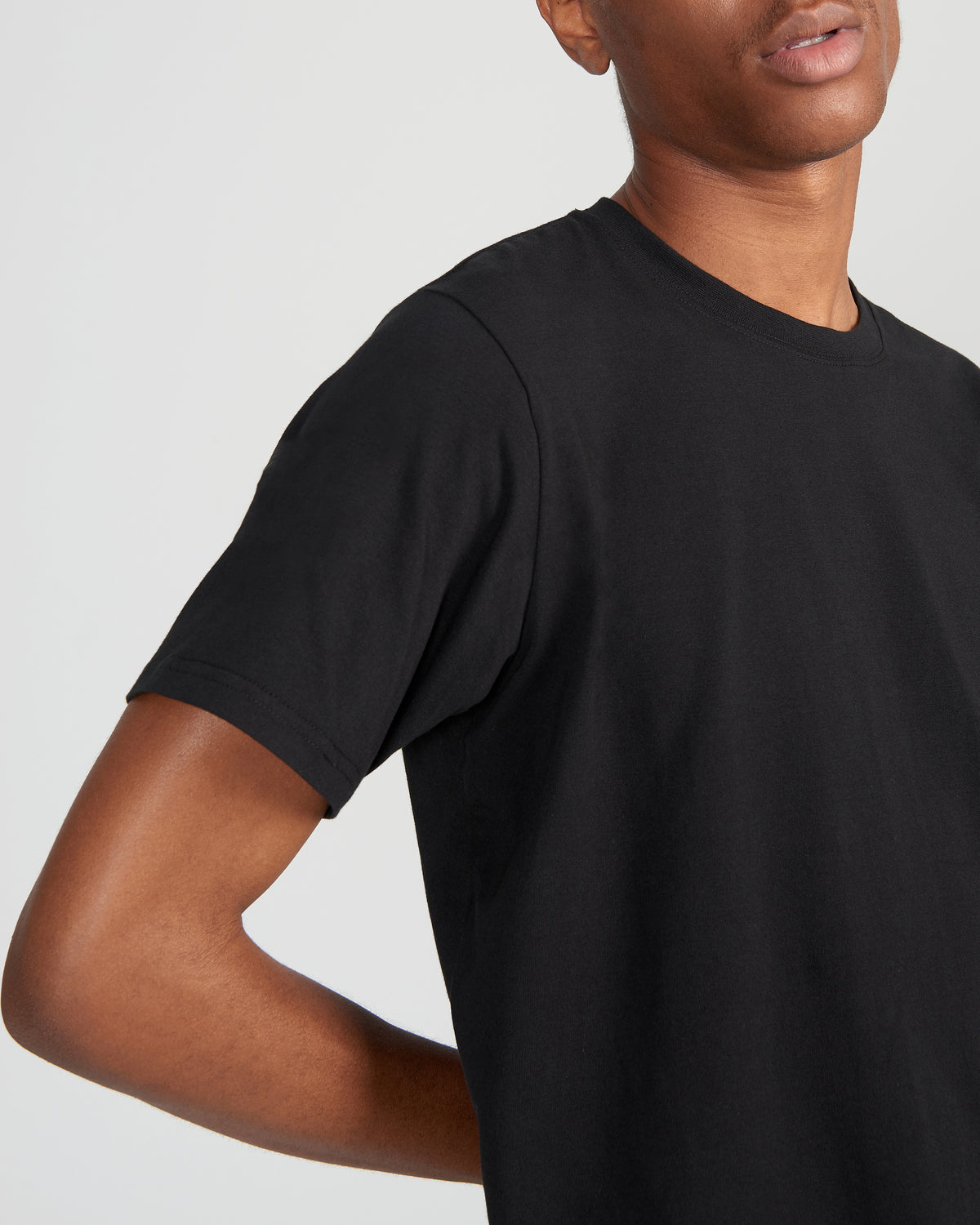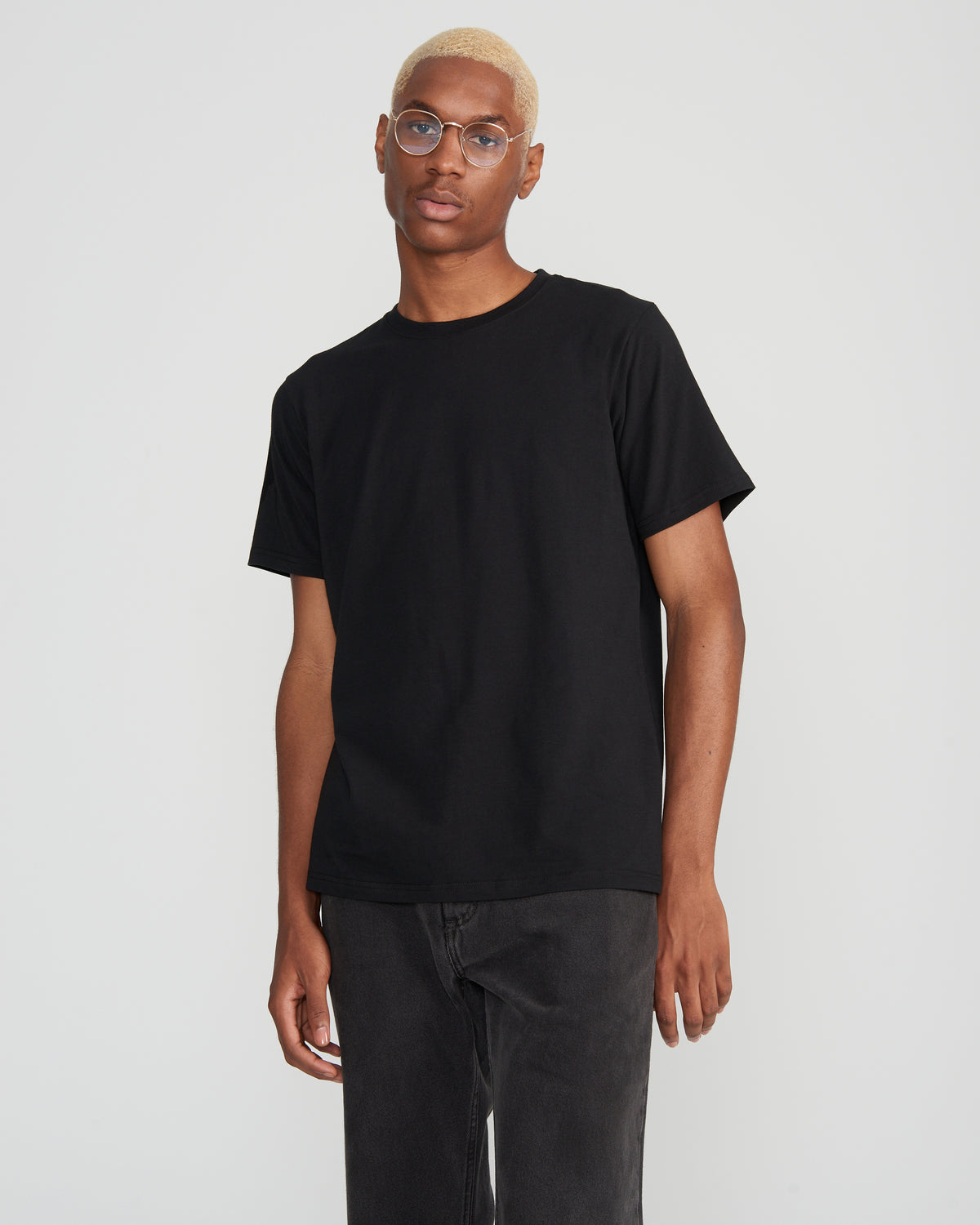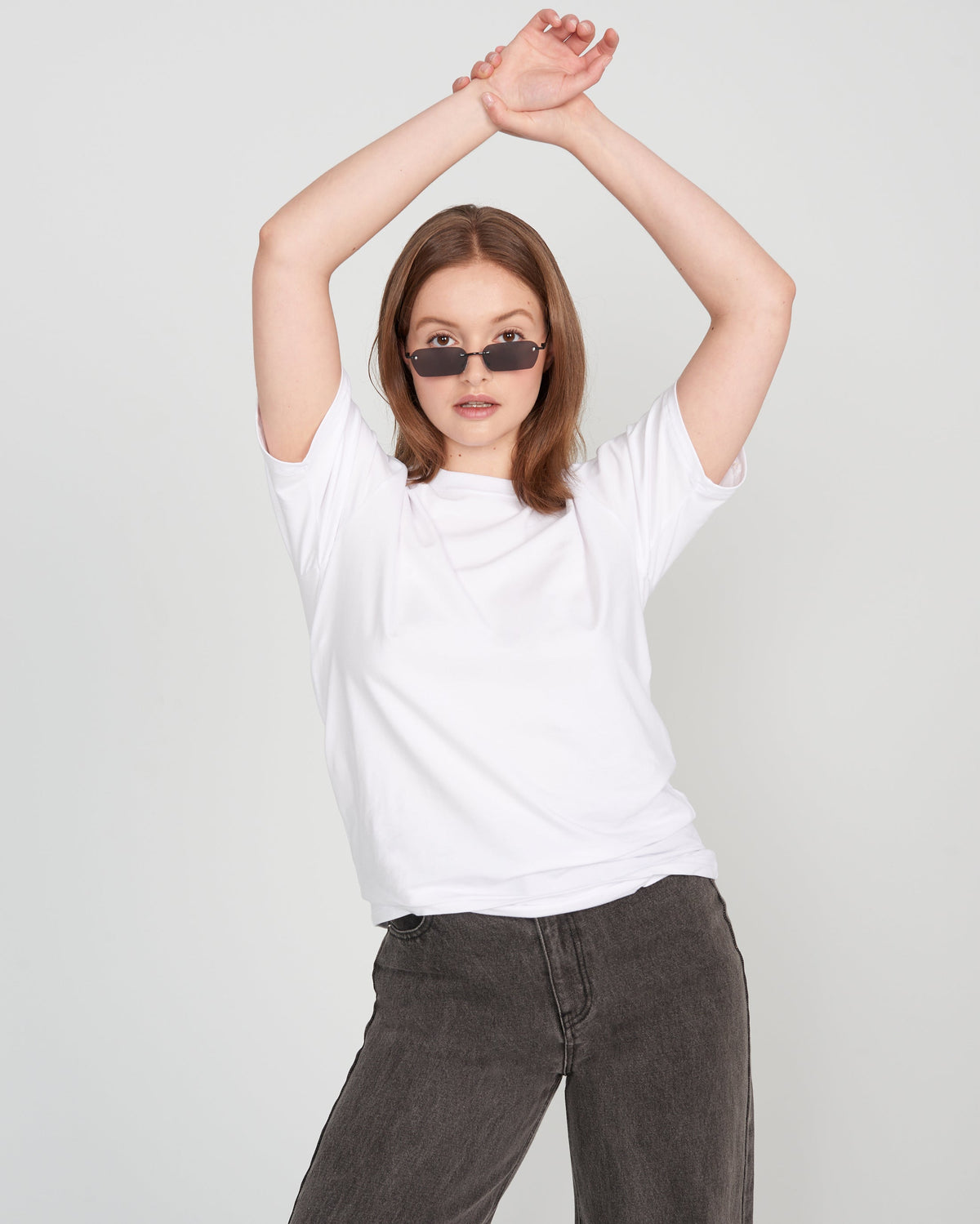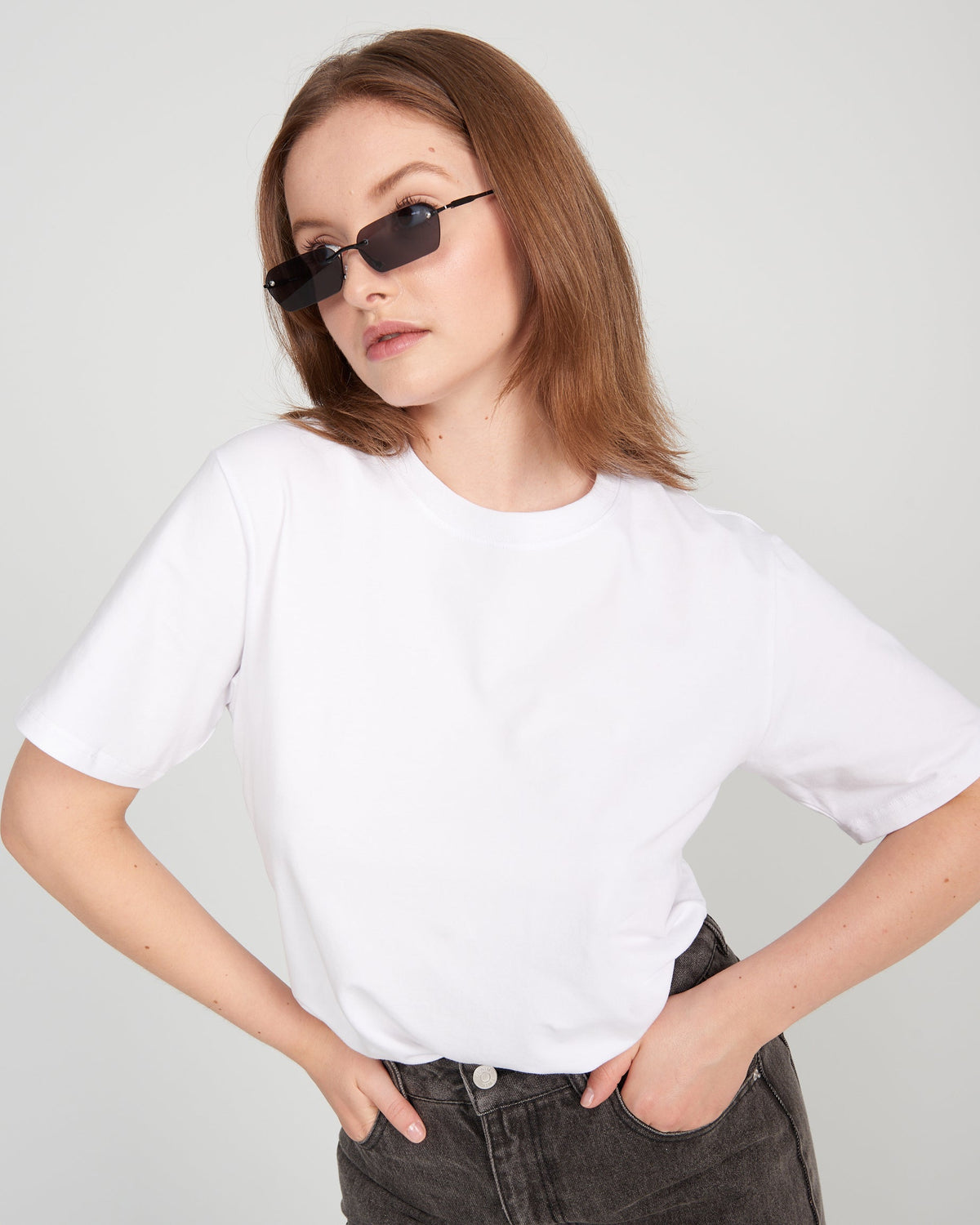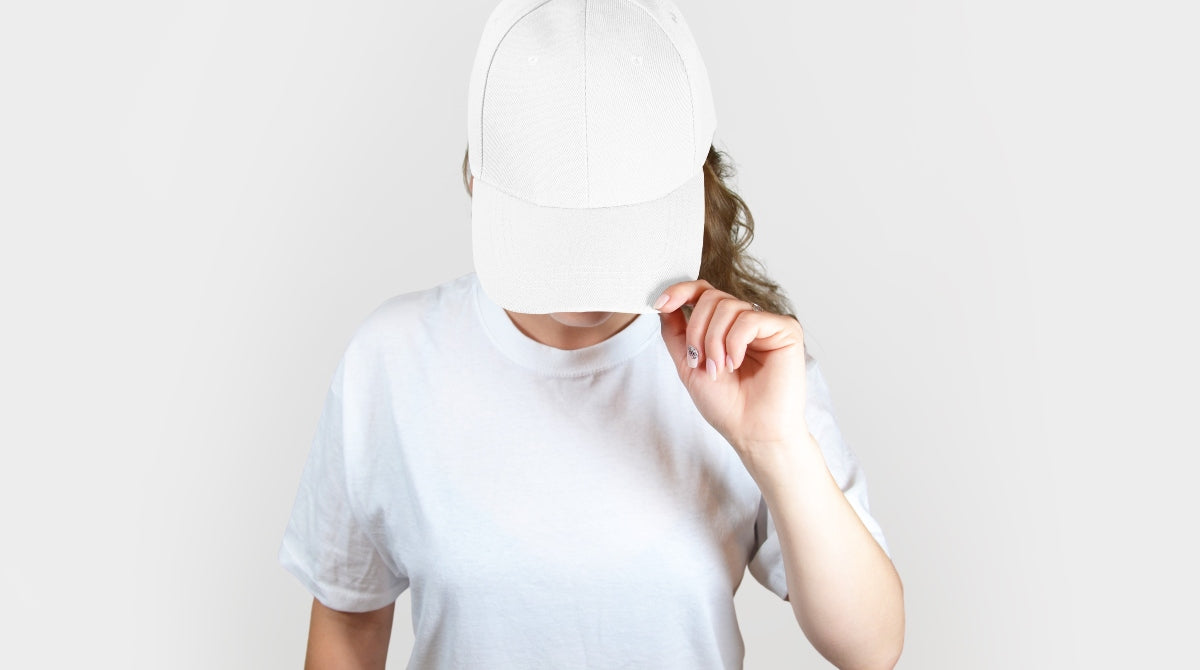If you’ve ever experienced red, bumpy, itchy rashes during the summer, it’s possible you’ve had heat hives.
In this article, we explore everything you might want to know about heat hives, including what they are, why they happen, and how you can treat them.
Why Do I Get Heat Hives When I’m Hot?
Heat hives occur when sweat ducts become blocked and sweat is unable to evaporate from the skin. It is most commonly caused by exposure to high temperatures or humid conditions, but can also be triggered by certain medications or medical conditions.
Treat and Prevent Heat Hives
Most cases of heat hives go away on their own within 24 hours. There are certain remedies, medications, and techniques that can help soothe the symptoms and reduce flare-ups. These include:
- Move to a cooler environment -This can help reduce sweating and allow the sweat ducts to unblock.
- Wear loose, lightweight clothing - Tight or heavy clothing can trap heat and sweat against the skin, exacerbating the heat rash.
- Keep the affected area clean and dry - Use a gentle soap and avoid scrubbing the skin. Pat the skin dry instead of rubbing it.
- Use over-the-counter creams or ointments - Products containing hydrocortisone or calamine lotion can help reduce inflammation and alleviate symptoms.
- Avoid further sweating - Avoid strenuous activity or hot environments until the heat rash has resolved.
- Take cool baths or showers - This can help soothe the skin and reduce itching.
If the heat rash is severe or if you have other symptoms such as fever or chills, it may be necessary to seek medical treatment. Your doctor may recommend a stronger medication or treatment plan to help resolve the rash and alleviate symptoms.
What Are Heat Hives?
Heat hives, also known as heat rash or miliaria, is a skin condition typically characterized by red bumps or rash on the skin and may cause itching or a burning sensation. Heat rashes are common in the underarms, neck and inner elbow where skin folds and rubs against clothing.
The bumps or rash associated with heat hives may be small and red, or they may be larger and more fluid-filled. The affected skin may feel warm to the touch or be itchy or uncomfortable. In some cases, heat hives can be accompanied by other symptoms such as fever, chills, or fatigue.
Heat hives can appear on any part of the body, but are most commonly found on areas that are covered by clothing. They can also appear on the face, arms, and legs.
4 Types of Heat Hives
There are four main types of heat hives, which are distinguished by the location and cause of the sweat duct blockage:
1. Miliaria crystallina - This type of heat rash is characterized by small, clear blisters that form on the skin. It is caused by blockage of the sweat ducts near the surface of the skin.
2. Miliaria rubra - This type of heat rash is characterized by red bumps or rash on the skin. It is caused by blockage of the sweat ducts deeper in the skin.
3. Miliaria profunda - This type of heat rash is characterized by deeper bumps or nodules on the skin. It is caused by blockage of the sweat ducts deep within the skin.
4. Miliaria pustulosa - This type of heat rash is characterized by fluid-filled blisters or pustules on the skin. It is caused by inflammation of the sweat ducts and may be accompanied by other symptoms such as fever or chills.
To stay cool and dry all day, try Social Citizen’s sweat-proof Social Tee, made to be comfortable and breathable even in the hottest weather.
